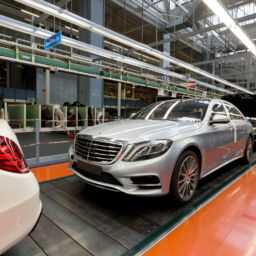The SMA can be constructed with either Brass of Stainless Steel bodies. Originally SMA’s were almost always stainless steel; for military applications, stainless steel is usually called out. A key difference between the 2 materials is the torque required for proper mating; an sma torque wrench for stainless steel adapters requires about 8 in-lbs torque; brass sma’s are tightened to 5 in-lbs; using an 8 in-lb torque wrench on a brass sma will twist the head of the connector off.
High quality SMA Connectors are usually built to the appropriate US mil-specs, which call out Teflon dielectric material, BeCu contacts, & 50 microinches minimum gold plating on the contacts. Brass sma’s, often targeting commercial applications with less severe environments & lower cost markets, may substitute plastic instead of Teflon; brass contacts instead of BeCu; and either 30 microinches, 10 microinches, or 3 microinches of gold plating on the contacts. The best SMA’s can work to 27 gHz; some very inexpensive versions work to only 3gHz.
For coaxial attenuators, an SMA attenuator can be either stainless steel or brass; likewise an SMA adapter can be of either material. Determining which material is appropriate, & which torque wrench to use, is essential in choosing the correct part for an application. SMA cables likewise come in both materials.
Coaxial adapters, using an SMA on one or either port likewise can be either brass or material. Use a stainless if unsure of what you need; use a brass part if it fits with the rest of the system, & you know brass is appropriate for your application. Always check for the appropriate torque setiing; unlike N’s and TNC’s, SMA require proper torque.
AUTOPOST by BEDEWY VISIT GAHZLY




